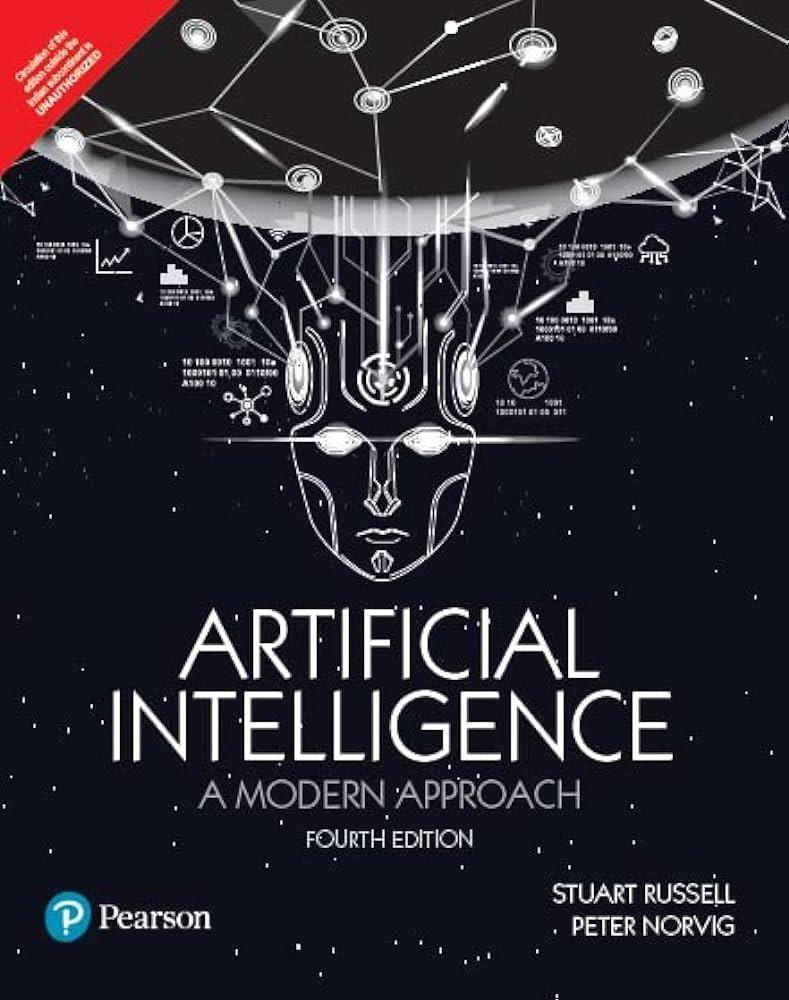How The Productivity Game Has Changed With The AI Revolution
The book begins by introducing the fundamental concepts of AI, laying the groundwork for understanding the field's principles and techniques. It covers topics such as problem-solving, knowledge representation, and reasoning, providing readers with a solid foundation.
The productivity landscape looks a lot different than what it did a few years back.
And a major part of this is because of Artificial Intelligence. AI is changing the world as we know it.
AI helps us work faster and smarter. It can do repetitive tasks, analyze data quickly, and even make decisions. This means we can focus on more important and creative parts of our jobs. It also helps businesses serve customers better and plan resources efficiently. So, AI and productivity go hand in hand, making work easier and more efficient for us.
The landscape today is changing with a quantum leap in capabilities revolutionizing how we interact with data. And over time, it has become evident that artificial intelligence has become an inescapable force in our lives when dealing with data.
Gone are the days to resist AI, and compare it with humans. Today, you need to be smarter. Today, you need to embrace it and use it to your advantage.
"Some people call this artificial intelligence, but the reality is this technology will enhance us. So instead of artificial intelligence, I think we'll augment our intelligence."
- Ginni Rometty, CEO of IBM
Thus, we need to talk about upcoming AI trends that are gonna change the idea of what it is to work with data, remotely, and how it’s gonna affect productivity.
This newsletter talks about one such upcoming concept – multimodality.
Why Is Multimodality Non-negotiable
I know it sounds like a complex word, but the idea is really simple.
We as a society are slowly moving towards richer and more interactive content.
And with time, our attention spans are getting shorter. Just look at all the media we’re consuming - reels, memes, snaps, YouTube shorts, TikTok, Instagram stories. We live in a world where a different world is only a click away.
We use funny comments, popular catchphrases, emojis, likes, and dislikes to communicate online.
And this is exactly where AI is slowly building its future.
AI models could previously only process information from a single modality. They have typically been designed to work with information presented in one particular form or type, such as text, images, or audio.
But this is where the “invention” lies.
With Multimodality, You Can Work Like You’ve Never Before!!
Currently, thanks to multimodal deep learning, we can teach models to find connections between various forms of information. This allows these models to convert text into images, images into videos, text into audio, and so forth.
But what is the reason behind this?
Well, the innate reason is our greed to maximize our productivity and make our efforts simpler. We want to work more but do less. We want to see more results but with minimal labor. We want to see how further can we push it.
But on paper, the reason is the effectiveness of this model.
Yes, the way AI processes information is interesting and helpful, but the idea of it evolving is even more interesting (and scary to some). But more than all of that, it’s more effective.
For example, in the past, translating languages was mainly based on textual information. However, with the advancement of AI, we now have models that can understand and translate spoken language, making language translation more comprehensive and accurate.
It’s all about doing better than what we did before.
Additional Resources
As of right now, here are some trending AI tools to help you maximize your productivity:
Tools:
Trello: A project management app that’s your ultimate guide to staying organized
FigJam: A digital whiteboard tool that can be used for brainstorming, planning, and collaboration
Freedom: Block out distracting websites and apps, and stay focused.
Infographic:
AI and Labor Productivity
Books:
“The Master Algorithm” by Pedro Domingos. The author explains the idea of a “master algorithm” that can learn anything and revolutionize how we work with AI.





